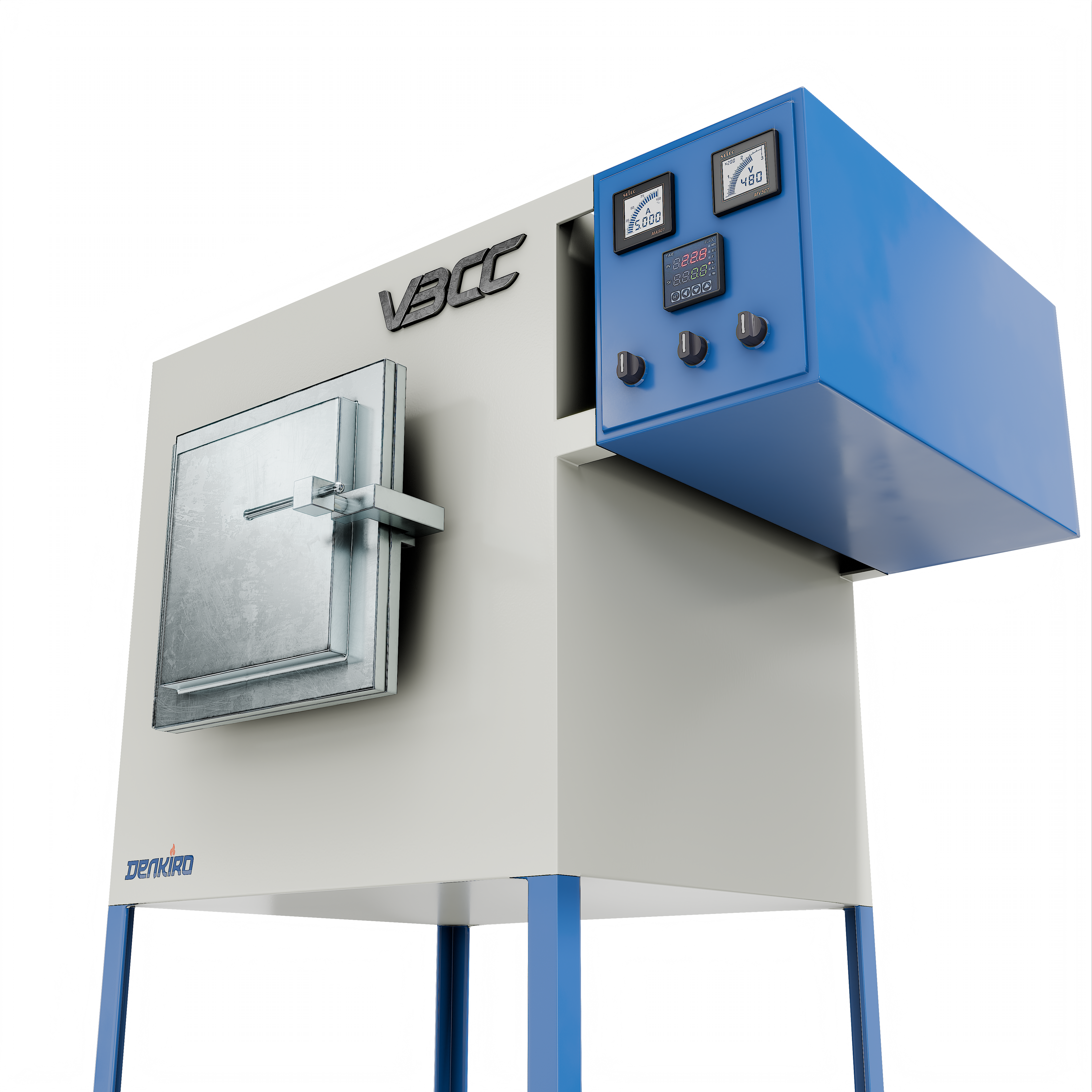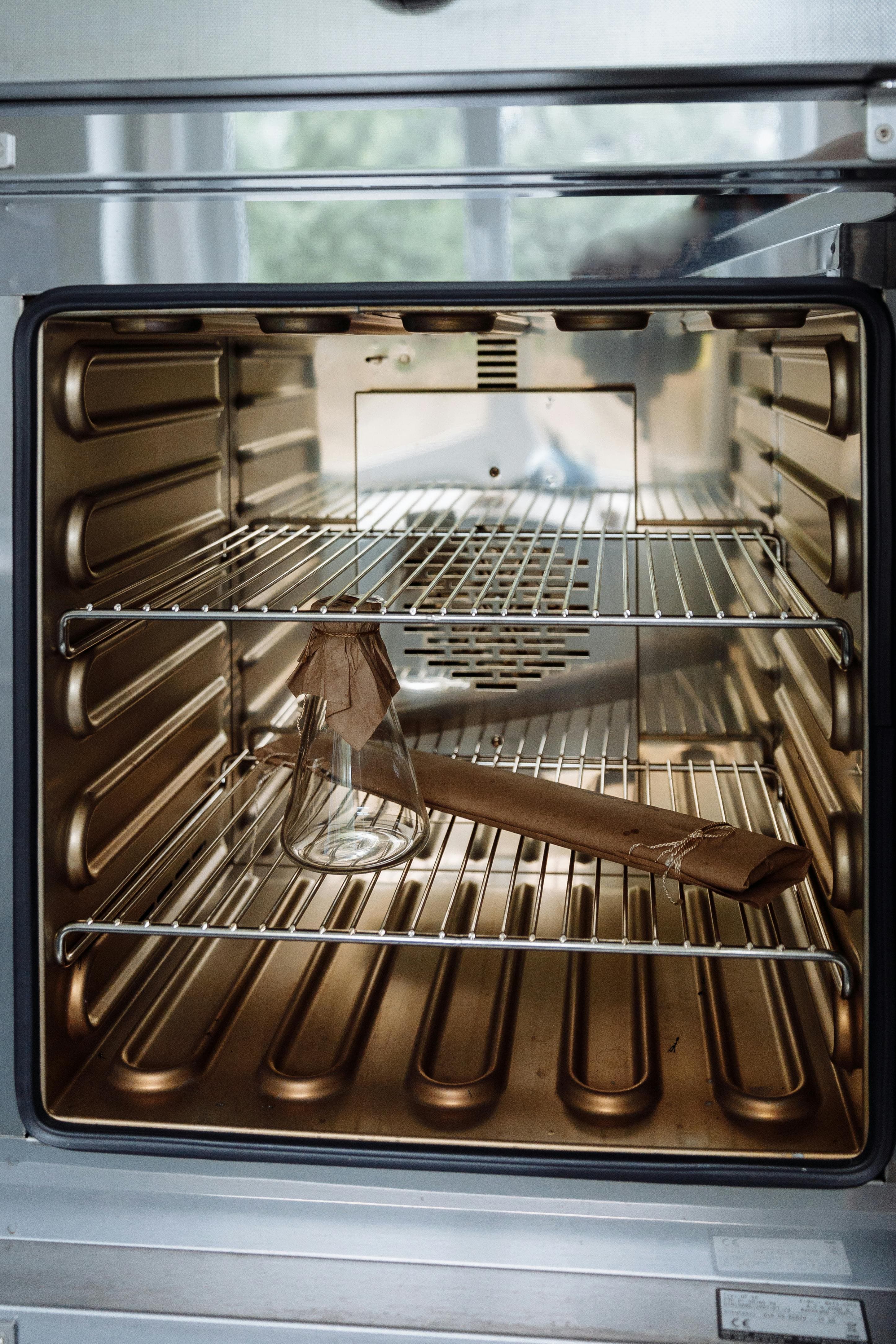Understanding the Basics of Heat Treatment in a Vacuum Furnace
In modern manufacturing and metallurgy, precision and consistency are non-negotiable—especially when it comes to heat treatment. Among the many techniques available, heat treatment in a vacuum furnace stands out for its ability to deliver clean, high-quality results with tight process control. Whether you're new to the concept or looking to refresh your understanding, this article breaks down the essentials of vacuum furnace heat treatment and how it supports critical industries worldwide.
What Is a Vacuum Furnace?
A vacuum furnace is an industrial furnace that operates in a sealed environment with extremely low atmospheric pressure (a vacuum). It is primarily used to heat treat metals and other materials at high temperatures without the presence of oxygen or other reactive gases. This results in cleaner, more uniform parts with minimal surface contamination or oxidation—making it a preferred solution for high-spec applications.
From lab vacuum furnaces used in R&D to large-scale high temperature vacuum furnace systems in aerospace and automotive industries, these systems are engineered to deliver unmatched precision in controlled atmospheres.
Why Use a Vacuum for Heat Treatment?
When metals are exposed to high temperatures in atmospheric conditions, they are susceptible to oxidation and decarburization, which can degrade surface quality and alter their physical characteristics. Using a vacuum furnace mitigates these problems by maintaining a low-pressure setting that removes oxygen and other reactive gases from the environment. This controlled atmosphere offers several advantages:
- No oxidation or discoloration on part surfaces
- Improved mechanical and physical properties
- Greater control over thermal processes
- Uniform heat distribution
- Reduced need for post-processing or cleaning
Thanks to these benefits, vacuum heat treatment is ideal for producing components that demand superior surface quality and consistent mechanical properties.
Key Processes Performed in Vacuum Furnaces
A vacuum furnace supports a wide range of heat treatment processes, each vital to specific manufacturing requirements. Common applications include:
1. Hardening
Perfect for tool steels and high-alloy parts, vacuum heat treatment achieves a hardened structure while preserving a clean, oxide-free surface—crucial for industries like aerospace and medical devices.
2. Tempering
Tempering is done after hardening to reduce brittleness. In a vacuum setting, this process enhances the material's mechanical performance without risking surface oxidation.
3. Annealing
Vacuum annealing softens metals, improves ductility, and relieves internal stresses. It's particularly beneficial for components that require precise dimensions and clean finishes.
4. Brazing
Vacuum brazing allows precise joining of metal components using filler materials, without the need for flux. This technique is widely used in making heat exchangers, medical equipment, and complex aerospace assemblies.

How It Works: A Step-by-Step Overview
The vacuum heat treatment process is carefully controlled and follows a standardized workflow to ensure consistency, efficiency, and high-quality outcomes.
1. Loading the Furnace
Components are arranged on sturdy, heat-tolerant supports—commonly constructed from materials like graphite or molybdenum—before being loaded into the furnace chamber. Maintaining adequate spacing between items is crucial for uniform thermal distribution.
2. Evacuating the Chamber
High-performance vacuum pumps reduce the chamber pressure to ultra-low levels—typically between 10⁻³ and 10⁻⁶ Torr—effectively extracting oxygen and moisture. Preserving this highly purified environment is crucial for maintaining the surface quality of the components.
3. Heating the Load
Once the vacuum is established, the heating process begins using graphite, molybdenum, or tungsten elements. Operating temperatures generally range from 800°C to 1350°C. Inert gases such as argon may be used to further shield sensitive materials.
4. Soaking at Target Temperature
Components are maintained at the desired temperature for a specified duration to ensure even structural transformation, which is essential for uniform mechanical performance.
5. Quenching (Cooling Down)
Rapid cooling is performed using gas quenching with inert gases such as nitrogen, helium, or argon. This process solidifies the material’s properties and can be adjusted to reduce the risk of distortion.
6. Unloading and Post-Treatment
After cooling, components are removed from the chamber and may undergo additional steps such as vacuum tempering or quality inspection to ensure they meet the desired specifications.
Applications of Vacuum Heat Treatment
Vacuum furnaces are used across a wide range of industries where high performance and precision are mandatory. Common applications include:
- Aerospace components
- Medical implants and surgical tools
- Tool & die manufacturing
- Automotive drivetrain parts
- Precision instruments
- Research and development (using lab vacuum furnaces)

With increasing demand for high temperature vacuum furnace solutions, many companies are turning to experienced vacuum furnace manufacturers offering scalable, custom-built systems tailored to specific production needs.
Choosing the Right Vacuum Furnace
Whether you're establishing a new facility or enhancing an existing process, selecting the right vacuum furnace is essential. Key factors to consider include:
- The specific materials that require heat treatment
- Required temperature range
- Load capacity and production volume
- Desired quenching method and pressure
- Technical support from reputable vacuum furnace manufacturers
From compact lab vacuum furnaces for research to large, high-throughput systems, there's a solution to suit nearly every application.
Vacuum furnaces offer a precisely regulated, clean processing environment, making them well-suited for various heat treatment tasks. Their dependable performance is crucial in industries that demand consistent material quality and high standards.
Understanding how vacuum heat treatment works—and partnering with experienced vacuum furnace manufacturers—can significantly improve operational efficiency and product reliability across your production line.
